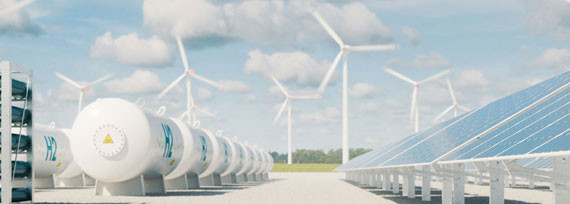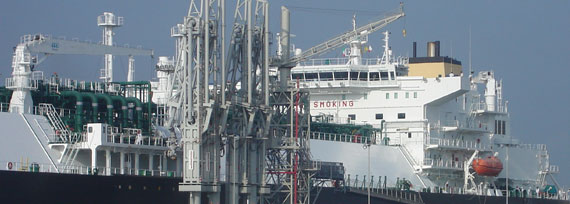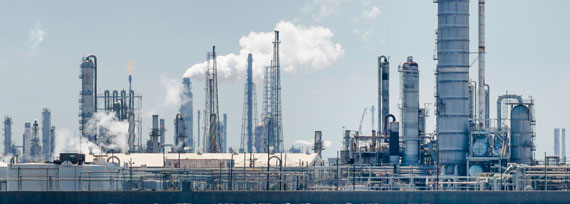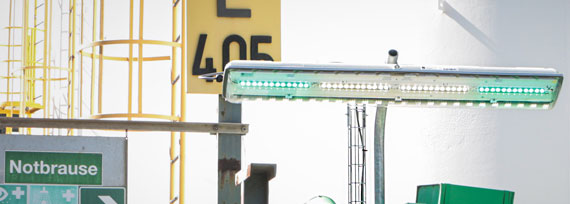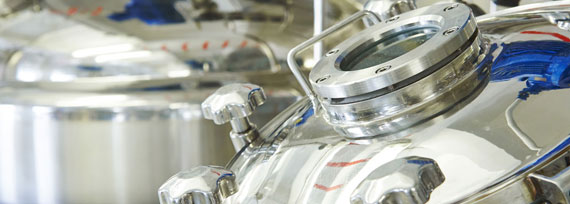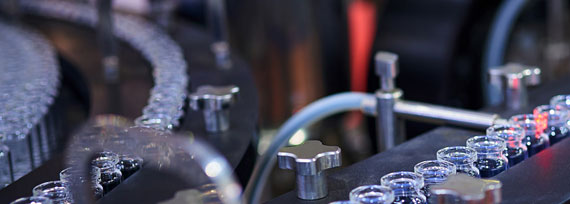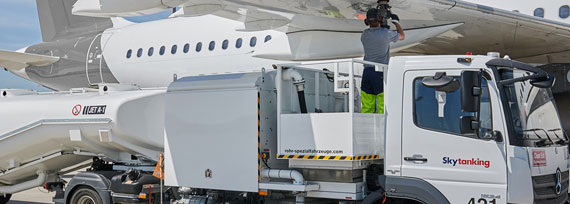Showcase project for the National Hydrogen Centre
Sooner or later, green hydrogen will become the most important energy vector. This trend represents opportunities for technology providers who are prepared to deal with the particular characteristics of hydrogen. One of these "early birds" is Hiperbaric. The Spanish high-pressure technology provider, which until now primarily supplied the food industry, had success with a pioneering hydrogen project. Supported by R. STAHL, the company developed a comprehensive hydrogen compressor station for the Spanish National Hydrogen Centre CNH2.
Spanish high pressure experts conquer the market
Hiperbaric has been confident with high-pressure technology for over 20 years. With the Spanish machine manufacturer's HPP (high-pressure processing) technology, it is possible to extend the shelf life and guarantee food safety of food and beverage products without subjecting them to high temperatures or chemicals. Based in the northern Spanish city of Burgos, the company has been developing a reputation as a technology and market leader in this sector.
However, you should never rest on your laurels. Oscar García, technician for Sales and Marketing at Hiperbaric, talks about the development that began seven years ago: "Our R&D engineering department began to wonder how our skills – which until then we had used for medium water – could be useful in other application areas." One of the projects set its sights on hot isostatic pressing (HIP), a process by which metal or ceramic parts can be processed using argon at high pressure and high temperatures. Hiperbaric has now been marketing equipment for this process for four years.
Expertise in high pressure for the emerging market of hydrogen
One of the most promising sectors in which a fluid is required at high pressure is certainly compressing hydrogen. The developers at Hiperbaric were quick to set their sights on this emerging market. International experts are convinced that the gas will become one of the energy sources of the future with the move away from fossil fuels. If hydrogen can be generated using green energy through electrolysis of water, it can be used as an energy store for excess wind and solar energy. It is possible to fill storage containers and transport it via pipelines, primarily in gaseous form. Using fuel cells – the reverse of electrolysis, so to speak – it can be used to regain electrical energy, at the time and place where it is needed.
Every forecast indicates the same: In future, an important application area for hydrogen will be supplying fuel cells in vehicles, ships and even planes. The first hydrogen cars, trucks and buses are already driving around streets across Europe. They need refuelling, which requires pressure – between 350 bar (commercial vehicles) and 700 bar (passenger vehicles), depending on the vehicle. Filling stations keep the hydrogen in its gaseous state and additionally compress it for fuelling. This is where Hiperbaric wants to participate. Luis Ángel Ramos, Head of Electrical Engineering at Hiperbaric says: "Thanks to our experience with high pressurized fluids, we had the skills to develop our hydrogen compression technology."
Showcase project for the National Hydrogen Centre
An outstanding project by Hiperbaric developed out of collaboration with the Spanish National Hydrogen Centre CNH2. The goal was a complete high-pressure hydrogen compression solution for refuelling the latest generation of fuel cell vehicles, a solution which is set to be used at a new hydrogen plant (in Puertollano) in southern Spain. As a demonstration project for provision of hydrogen refuelling services for passenger vehicles, it has particularly great importance, for Hiperbaric as well as its customer. Hiperbaric developed a hydrogen compressor that can fill hydrogen tanks at a pressure of up to 1000 bar. "The aim of the project is to raise the profile of the hydrogen economy and contribute to the expansion of infrastructure for provision of hydrogen at higher pressure. The focus here is on mobility for light vehicles," explains Luis Ángel Ramos.
In many ways, the challenges of developing the hydrogen compression solution are similar to the challenges Hiperbaric has already had to master with its food projects for many years. In this case, a high degree of efficiency was also needed to keep operating costs low. "We also had to fulfil specific requirements to do with the specific characteristics of hydrogen," recalls Luis Ángel Ramos, "in particular, preventing excessive heat loss as well as ensuring a particularly high level of safety to guarantee safe operation for people, material and the environment."
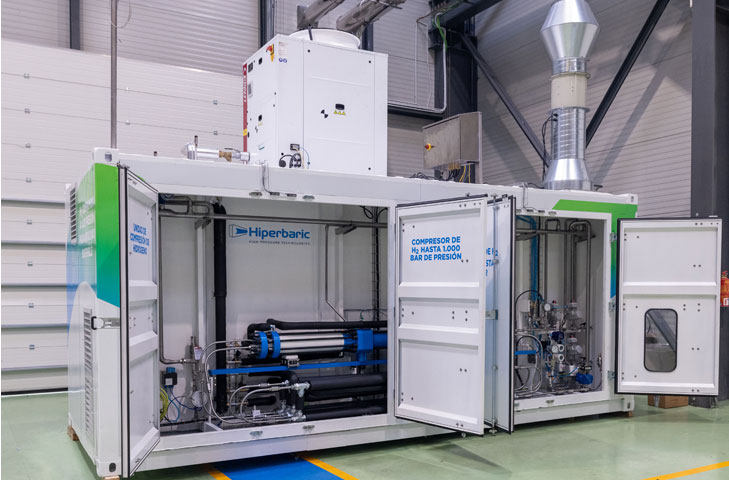
Oil-free hydrogen – even after compression
Alongside convenient operability, the highest level of safety was also an aspect on which CNH2 placed particular importance. Hiperbaric was able to put this into practice in an impressive way. "The most important components of the compressor unit are the high-pressure multiplier, which has different sections to carry out the compression, as well as different systems that make the units safe, efficient and reliable. One of the main features of this unit is that it achieves maximum hydrogen purity, thanks to the absence of oil lubrication," according to the technical explanations from the Hydrogen Technology Expo in Germany and the French trade fair Hyvolution in 2021, where Hiperbaric showcased its hydrogen compression technology for sustainable mobility for the first time in front of an expert audience.
Explosion protection expertise from the market leader
Where safety is concerned, the Spanish developers used the explosion protection expertise of the Germany-based international company R. STAHL. "We chose R. STAHL because it is a leading global supplier of ATEX solutions and has a great deal of experience in similar projects in which explosion protection must be ensured," says Luis Ángel Ramos, adding, "and, of course, because Hiperbaric was looking for a partner who could help us with developing our solution, rather than simply a supplier." In collaboration with the experts from R. STAHL, the Hiperbaric developers worked as part of this first joint project on three different, complementary panels:
- Control panel 8150/5, Zone 1, ATEX for decentralised E/A 1718 (provided by Rockwell)
- An operator panel 7145/5, Zone 2, ATEX for the HMI
- An explosion-protected panel assembly comprising:
- 1 Ex d enclosure 8264/-995-3…0 (730 x 730 x 330)
- 1 Ex d enclosure 8264/-935-3…0 (730 x 480 x 330)
- 1 Ex e enclosure 8150/5-E-0730-0480-330-1111
- 1 Ex e enclosure 8150/5-E-0480-0360-330-1111
Various R. STAHL insulation modules were also installed in the panels. (e.g. relay module IS 9270/11-16-14s ref. 9270A; binary output IS 9275/10-24-48-11s ref. 9275B; transmitter supply unit IS 9260/23-11-10s SIL ref. 9260B). Each of the parts is approved according to the European ATEX directive.
The main cabinet was prepared for operation in ATEX Zone 1. To do so, the hydrogen circuit and the compression system were physically separated, as were the hydraulic system and cabinets. A ventilation system renews the air continuously in the system in order to prevent a critical hydrogen concentration in the compressor group. This is ensured with the help of various measuring instruments for leak detection.
The IS1+ Remote I/O system was not used in the hazardous area as part of the CNH2 project. "We have used it in other projects developed in collaboration with R. STAHL," says Luis Ángel Ramos, who would like to highlight the system thanks to the experience gained. He was very satisfied with the components supplied, the complete solution developed and the technical service by explosion protection experts. Therefore, collaboration was continued for the subsequent Hiperbaric hydrogen projects.
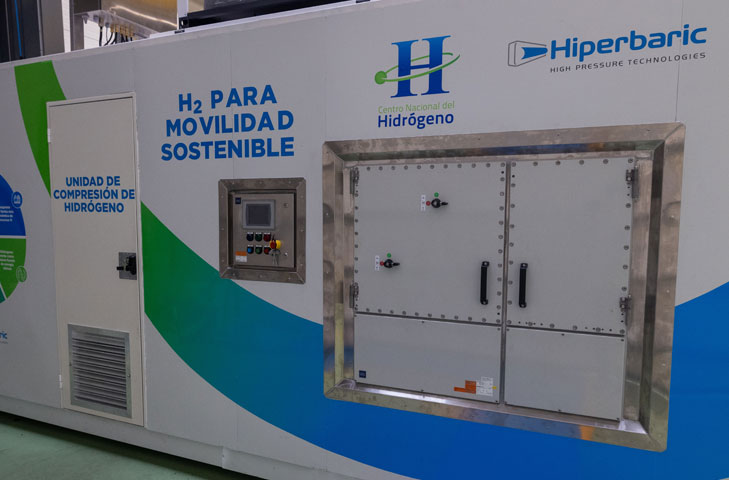
Compressed hydrogen for passenger cars...
Since then, the hydrogen compressor, including all control and operating units, has been supplied as a 20-foot standard container to the future operating location. When the electrolysers are commissioned there too, the 1000-bar high-pressure solution will compress the hydrogen produced so that 100 passenger cars can be filled per day. The hydrogen is less highly compressed if heavy-duty vehicles are being filled. Here, Hiperbaric provides a compressor model which reaches up to 500 bar.
...and the entire value chain
As the first Spanish manufacturer of hydrogen compressors, Hiperbaric certainly stands to benefit from the expansion of hydrogen infrastructure in Spain and beyond. Compression solutions customised to the relevant application case can be used at many points in the hydrogen value chain. In doing so, the company is making a valuable contribution towards replacing fossil fuels with sustainable, green energy sources. Close collaboration with the explosion protection experts at R. STAHL continues to ensure safety for the high-pressure hydrogen technology.




